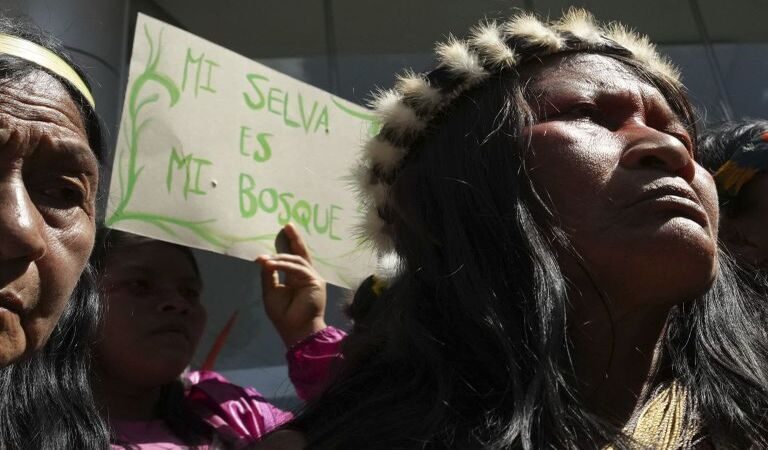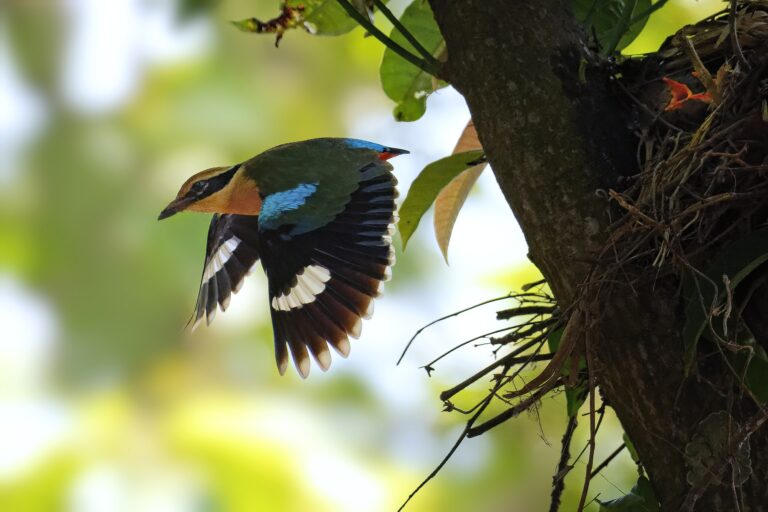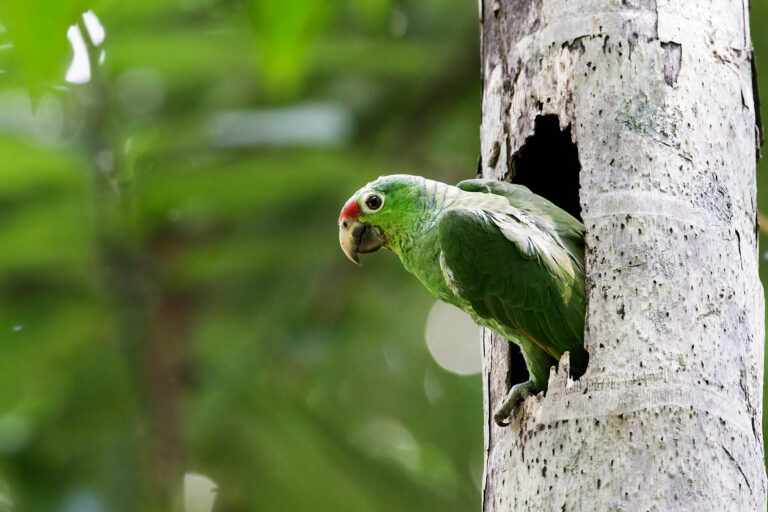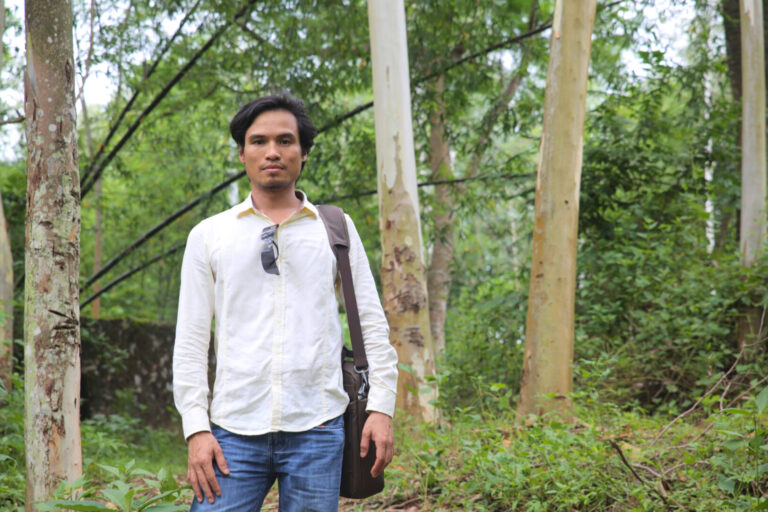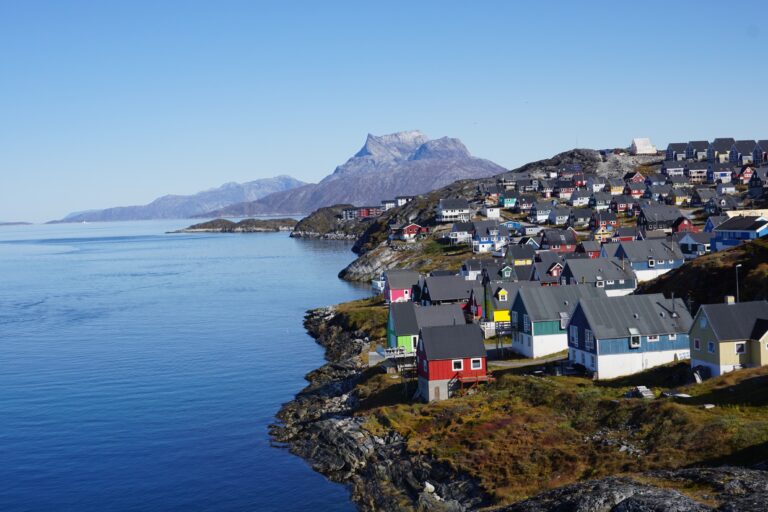Founder’s Briefs: An occasional series where Mongabay founder Rhett Ayers Butler shares analysis, perspectives and story summaries.
In the mid-1990s, the kākāpō seemed destined for extinction. Only 51 individuals of the flightless, nocturnal parrot remained, all of them descended from a shrinking gene pool and spread across remote corners of New Zealand. A victim of its own evolutionary success, the kākāpō had once flourished in a predator-free island ecosystem. But its defenses—freezing when threatened, nesting on the ground, and producing a strong scent—proved fatal once humans introduced cats, rats, and stoats.
Against these odds, the kākāpō recovery has become one of conservation’s most carefully managed comebacks. The entire population is now named, monitored, and fitted with smart transmitters. Breeding, which occurs only during occasional mast years when native trees fruit heavily, is bolstered by artificial insemination and precision feeding. Drones ferry sperm across island sanctuaries in minutes, shortening a journey that once took hours on foot. Data loggers track every movement, weight change, and mating.
The results are cautiously encouraging. As of 2024, the known population stands at 244 individuals. All reside on predator-free islands, with a few reintroduced to the New Zealand mainland under close surveillance. Scientists have even sequenced the genome of every adult kākāpō, using genetic data to manage breeding pairs and reduce the risks of inbreeding.
Success remains fragile. The species is still critically endangered, and low genetic diversity continues to affect fertility. Yet the recovery offers valuable lessons for other conservation efforts. The kākāpō’s survival is a testament to long-term planning, technological innovation, and sheer persistence. What began as a desperate salvage mission has become a case study in high-stakes species management.
Lessons from the kākāpō recovery:
- Technology scales conservation: Smart transmitters, automated feeders, and drones allow for real-time, individualized care across remote terrain.
- Genetics matter: Sequencing every bird helps mitigate inbreeding risks and improves mate selection in small populations.
- Predator control is essential: Removing invasive mammals remains the foundation of any island-based recovery program.
- Breeding requires precision: Artificial insemination and targeted nutrition can enhance reproductive outcomes, even in reluctant breeders.
- Persistence pays off: The kākāpō’s recovery has taken decades, demanding patience, trial and error, and sustained funding.
Few species have fallen so far and clawed back so much. The kākāpō still cannot fly—but extinction is no longer its only trajectory.
Header image: An adult female kākāpō. Image by Andrew Digby/New Zealand Department of Conservation.







